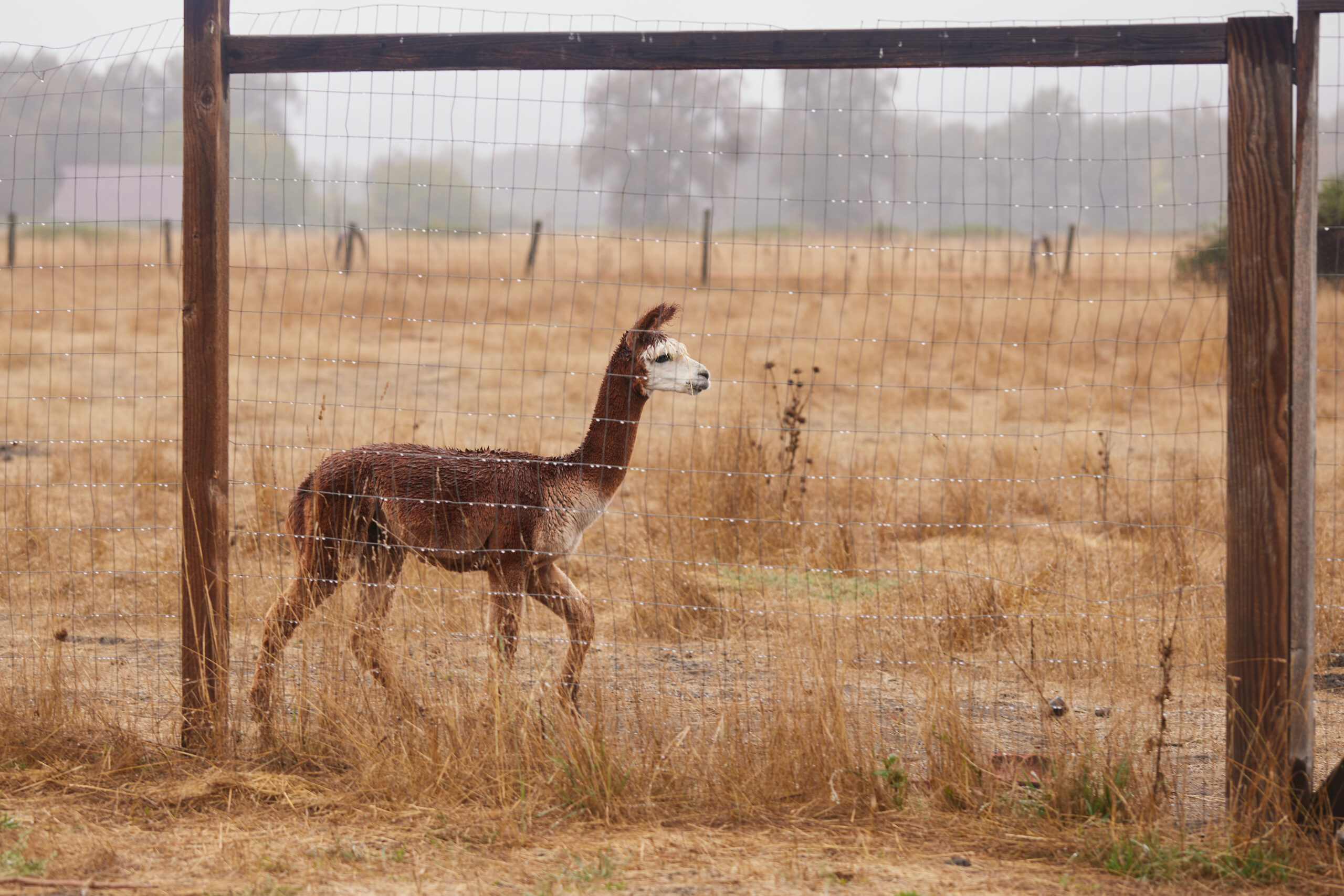If your local dispensaries are like mine, they probably stock some variation of Diesel: Sour Diesel, NY Sour Diesel, East Coast Diesel, East Coast Sour Diesel … you understand. There’s a lot of Diesel on these shelves. So much so that even if you’re an aficionado of the strain, you may not be able to keep up with its many crosses and phenotypes — especially considering the strain’s rambling, repetitive naming conventions.
What’s the difference between them? Here, genetics take a backseat, and stoner lore takes precedence.
The origin of Diesel strains
The origin story of Diesel places it at a Grateful Dead concert where two cannabis breeders named Chemdog and Joe had a peanut butter-meets-chocolate moment of smoking and reacting to each other’s buds. From there, the original buds were bred again, creating Diesel, slang for god-tier bud. Then it was cross-pollinated to Sour Diesel, and again to NYC Sour Diesel, and so on.
It’s supposedly dubbed “sour” — not for its aromatic contributions, but because only “sour” people smoked it, depending on who you ask. Whatever you call it, Diesel, Sour Diesel, and NYC Diesel are all prolifically peppy parents and are featured in the genetics of many contemporary, uplifting strains.
Below, we dive into the effects spectrum of eight Diesel crosses, curating a few favorites for both established Diesel fans and new consumers.
Explore all the Diesel strains on the Weedmaps app
Detroit Diesel
Also known as Dieselrella, this cross of NYC Diesel and Cinderella 99 reportedly delivers a potent euphoria in both the head and body. Consumers describe high-flying cerebral effects and peppy body buzzes that work well for events that socializing. Therapeutic consumers report potential relief from depression, migraines, and stress.
Expect a gassy, sour nose and a lemony-diesel exhale.
Diesel Berry
This berry-forward cross of NYC Diesel and Berry Ryder boasts the best qualities of both parents: a cushy physical detachment from Berry genetics and energetic physical vibes from NYC Diesel.
Recreational consumers report chatty, social head highs and tingly, effervescent body effects, lending the cultivar to daytime activities or social nights out.
Expect a gassy, berry-sweet nose and a citrus, gassy exhale.
Bio Diesel
Strain hunters on the lookout for a Diesel expression that produces balanced effects, consider Bio Diesel, a cross of Sour Diesel and Sensi Star. It reportedly delivers a swoon-worthy onset that unravels into a deeply euphoric stone.
The responsive vibes can keep uplifted consumers peppy while soothing those already edging up against couchlock.
Expect an earthy, funky, and gassy nose and a peppery, chemical exhale.
Blue Diesel
Varsity stoners who rely on heavy effects are likely already fans of Blue Diesel, a cross of Blueberry and NYC Diesel. It delivers a deep, sleep-supporting body buzz as well as a blissful, meditative head high.
Newer consumers note that this Blue Diesel delivers a classic, heavy stone. Therapeutic consumers celebrate it for its efficacy in treating anxiety, chronic pain, and insomnia.
Expect a gassy, blueberry nose and commensurate exhale.
Dieselicious
This heady cross of NYC Diesel and Grandaddy Purple reportedly delivers a potentially uplifting head high and relaxation in the body. It also has a complex flavor profile that features a chaotic assemblage of terpenes.
Though its genetics appear balanced, the effects allegedly skew sedative. Medicinal consumers describe potential relief from chronic pain, arthritis, and stress.
Expect a gassy, sweet, cheesy perfume and an ammonia and cheese exhale.
Dieseltonic
This cross of NYC Diesel and Cannatonic is a balanced cultivar suited to the needs of both recreational and therapeutic consumers exploring 1:1 THC:CBD strains.
Dieseltonic rarely crests 10% cannabinoids, making it an excellent intro strain for low-tolerance consumers and a potentially effective therapeutic strain across the board, with reports describing relief from MS, eye pressure, spasms, and chronic pain.
Expect a chemical berry aroma and a gassy citrus exhale.
Diesel Train
Active stoners hunting for cultivars delivering energetic body highs alongside soothing, placating head highs might enjoy a few tokes of Diesel Train. This cross of Ghost Train Haze and East Coast Sour Diesel is a powerhouse of pep, with consumers reporting highs that are physically invigorating and mentally creative and focused. For those whose wake n’ bake precedes an AM workout, Diesel Train may become a stash box staple.
Expect a buttery, gassy perfume and a brisk, ammonia and citrus exhale.
Chiesel
This superbly balanced hybrid of Big Buddha Cheese and NYC Diesel is a potent psychotropic cultivar prized for its technicolor head effects and bright body buzz. Consumers report highs that are both chatty and introspective, alongside body effects that vibrate with blissful energy. Therapeutic consumers report relief from appetite loss, chronic pain, and depression.
Expect a funky cheese nose and a spicy diesel exhale.
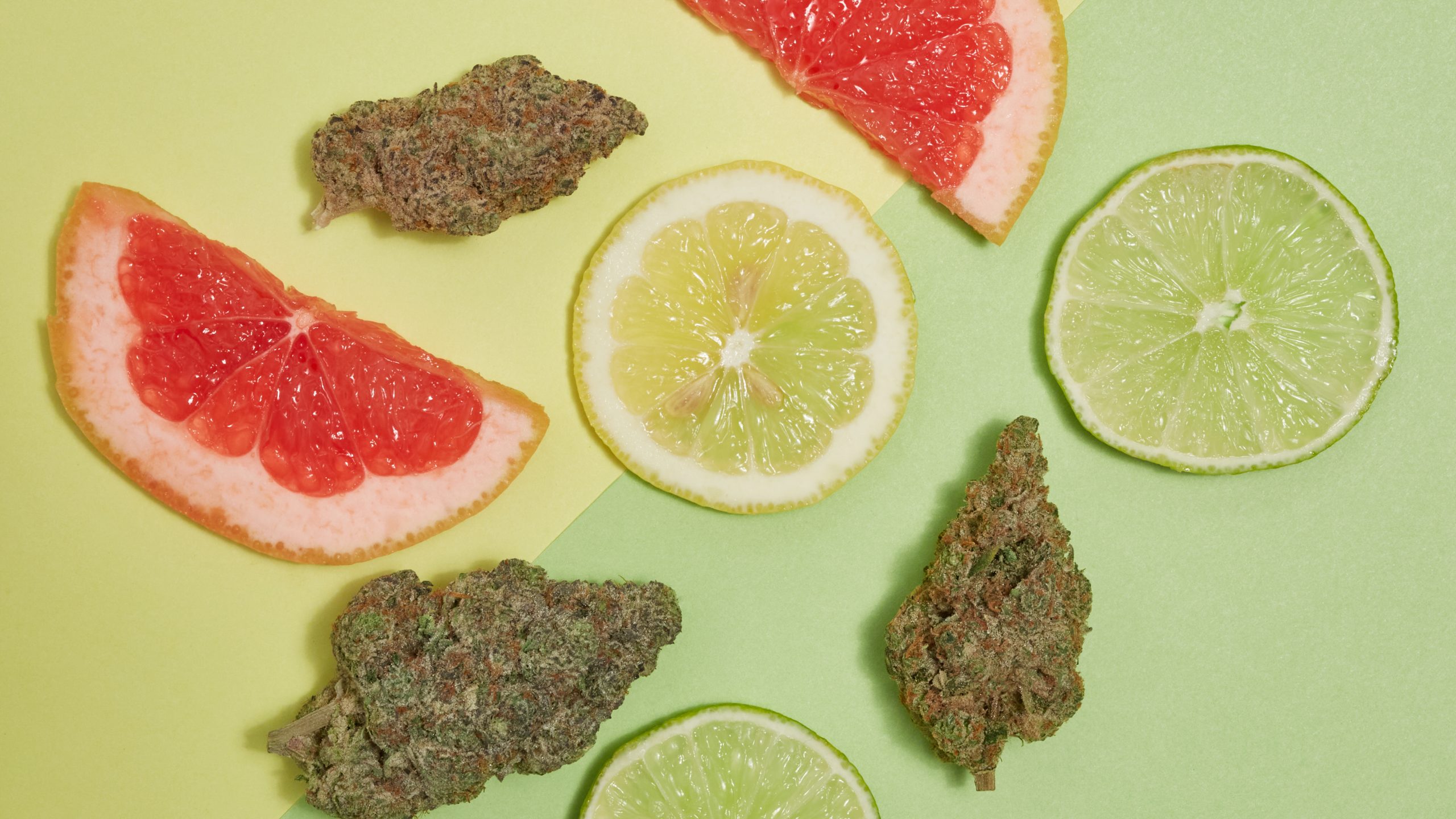

 Cannabis News1 year ago
Cannabis News1 year ago
 One-Hit Wonders1 year ago
One-Hit Wonders1 year ago
 drug testing4 months ago
drug testing4 months ago
 Cannabis 1011 year ago
Cannabis 1011 year ago
 Marijuana Business Daily1 year ago
Marijuana Business Daily1 year ago
 Education1 year ago
Education1 year ago
 Education1 year ago
Education1 year ago
 Cannabis1 year ago
Cannabis1 year ago



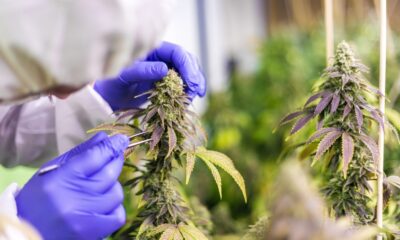











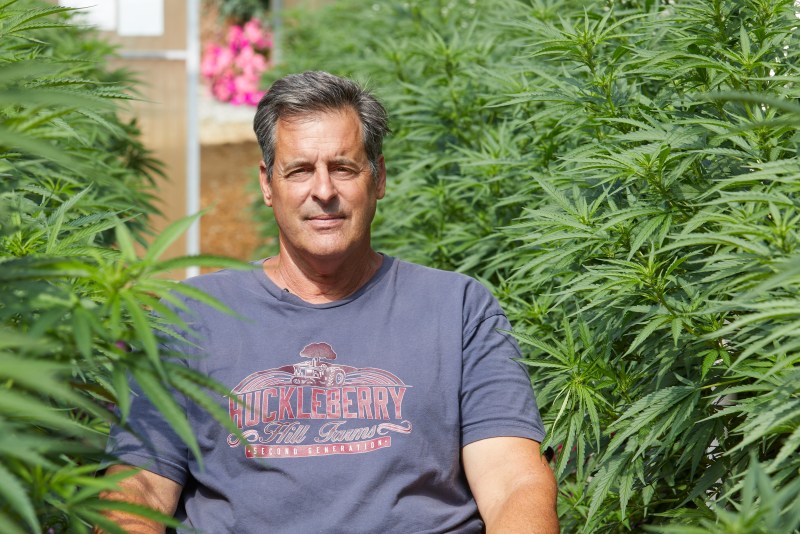
 Gina Coleman/Weedmaps
Gina Coleman/Weedmaps Gina Coleman/Weedmaps
Gina Coleman/Weedmaps Gina Coleman/Weedmaps
Gina Coleman/Weedmaps Gina Coleman/Weedmaps
Gina Coleman/Weedmaps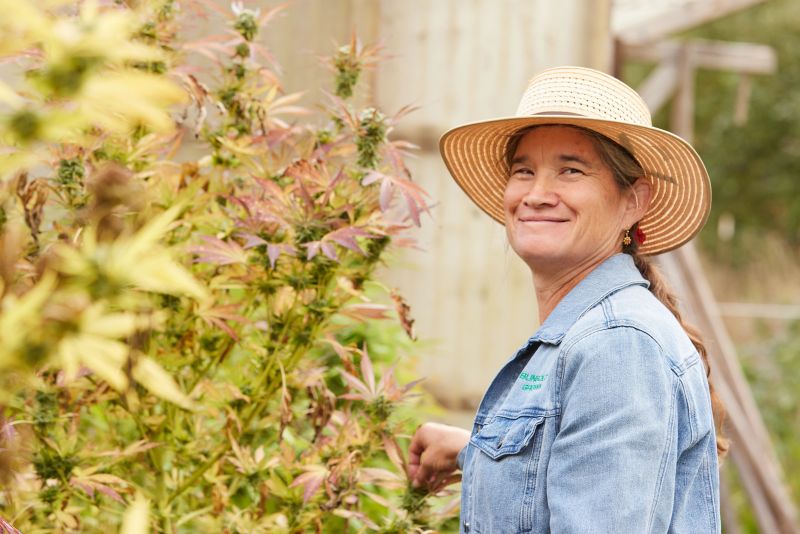
 Gina Coleman/Weedmaps
Gina Coleman/Weedmaps Gina Coleman/Weedmaps
Gina Coleman/Weedmaps Gina Coleman/Weedmaps
Gina Coleman/Weedmaps Gina Coleman/Weedmaps
Gina Coleman/Weedmaps Gina Coleman/Weedmaps
Gina Coleman/Weedmaps